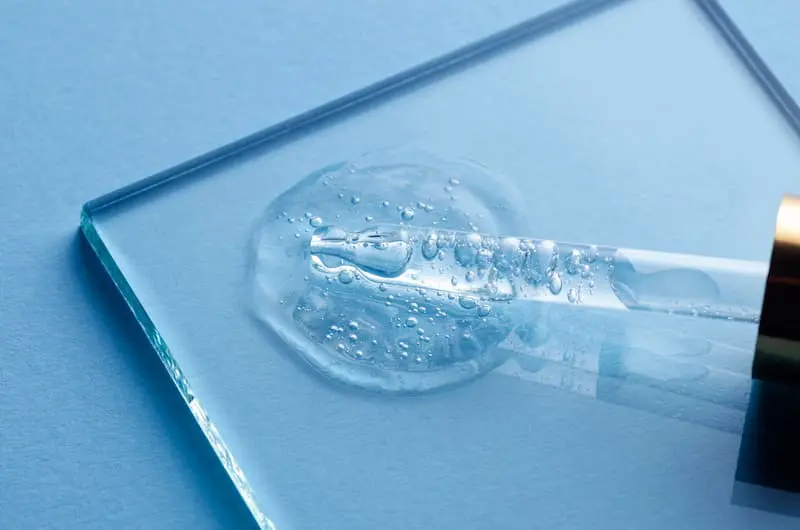Penis enlargement (a.k.a. male enhancement) refers to the numerous techniques used to help increase penis size. Various methods focus on different facets of penis size, such as total length, glans size, or girth.
More and more men are looking into penis enlargements. As new and improved methods come to the forefront, you might be curious about what a male enhancement can do for you. Many wonder, “How much does something like that cost?”
Below, we’ll discuss what you can expect to pay for various enlargement options. We’ll help you weigh the expense of different options against their pros and cons.
Varying Expenses
So, how much does penis enlargement cost? In a nutshell, it depends.
There is no hard and fast answer for how much you can expect to spend on penile enhancements. The type of procedure largely dictates your price range.
On the least expensive end, you have non-surgical penis filler injections coming in at around $3,000 per treatment. By comparison, a surgical procedure could cost upward of $25,000.
That’s right, the costs of penis enhancements range from a few thousand to tens of thousands of dollars. It all depends on the type of procedure you choose and everything that goes along with that. For example, you’ll have pre-op consultations, post-op care, and any necessary revisions or touch-ups.
We hope this article helps you better communicate with your provider and ask questions about your chosen treatment and its cost before committing to any approach.
Surgical vs. Non-Surgical Matters
Your growth goals determine your available methods for a bigger penis. For example, non-surgical penis enlargement can help you grow in girth but not length, like a surgical enhancement might. However, penile dermal filler costs much less than a surgical enhancement procedure.
4 Types of Male Enhancement Options
Four types of procedures occupy the male enhancement space. Those are ligament transections, fat transfers, implants, and–the only non-surgical option–dermal fillers. Let’s compare each.
1. Ligament Transections
Suspensory ligament transection surgeries lengthen the look of the penis in its flaccid state (not erect). It is the most involved, permanent, and expensive, averaging between $15,000-$25,000. Ultimately, the ligament can reattach itself to its original place on the pubic bone or in another area altogether.
2. Fat Grafts/Transfers
You can potentially grow in length and width by transferring fat from one place on your body (usually abs or thighs) to your penis. Satisfaction results are less than favorable, though.
The first step is liposuction. Then, a provider injects the fat into your penis. In the end, your body can reabsorb many fat cells, significantly decreasing any gains within the same year you have it done. Fat can die off, resulting in a lumpy, bumpy penis. Successful transfers might land you a marshmallowy-soft erection.
The cost is mid-range (around $8,000). However, the sub-par satisfaction ratings could make it not worth your while.
3. Implants
Today’s implants use silicone molds inserted under the shaft’s skin. Success and satisfaction ratings are more than those for fat grafts and ligament transections. However, this is a permanent procedure, requiring surgery to peel back the skin and remove the device if you aren’t happy with the results. You’re looking to spend around $16,000-$18,000 for a silicone implant.
4. Dermal Fillers
Dermal fillers are the best non-surgical way to enhance your girth, not length. Other non-surgical methods, like weights, pumps, creams, and pills, either don’t work at all, don’t work well, or are flat-out dangerous.
Not all dermal fillers are created equal. Hyaluronic acid (HA) dermal fillers stand out as one of the best among silicone, polylactic, or HA injections.
HA dermal fillers cost about $3,000 per treatment, with most patients loving the results of two-to-four treatments (adding ½ inch to 1 inch around). Amounts depend on your penis length. Dermal fillers also require the least recovery time.
Dermal Filler Discounts and Financing
Dermal filler pricing varies by location and filler. Check for discounts with potential providers on purchasing units upfront.
Dermal fillers, especially HA, require maintenance doses every year or two to keep your newly acquired girth. You can pre-buy units that never expire and use them over time to benefit from the price break.
What’s In the Cost
We’ve established that your costs depend on your chosen procedure. Now, let’s look at some hidden expenses that affect prices.
- Complexity–Surgery and hospitalization versus outpatient fees affect costs.
- Providers–Specialities, experience, and training add up. Surgeon experience and reputation lead to higher costs.
- Location–Fees vary according to the cost of living in various locales.
- Travel–Your provider might not practice nearby.
- Consultations–Depending on its invasiveness, you may have one or many screenings before your procedure.
- Anesthesia–Surgery involves general anesthesia, which is more invasive and requires a specialist.
- Recovery–More invasive procedures may require time off work, follow-up visits, and travel expenses.
- Permanence–A more permanent procedure, like a penile implant surgery, has greater associated risks and can cost more to repair if your results are undesirable.
Much of the pricing for surgical procedures hinges on the surgeon’s fee, sometimes reported as an hourly rate or average cost. Plastic surgeon charges cover their salary and other items like staff payroll, office rent, professional insurance, medical, and office supplies.
Surgeries often require additional staff, like an anesthesiologist, surgical assistants, and nurses. It could also require extra tools and supplies (anesthesia, scalpels, needles, gloves, bandages, gowns, medications, etc.) before, during, or after the surgery. In these cases, you’re going to see your costs rise.
Regardless of your choice, you may incur personal expenses, like travel, time off work, and recovery supplies.
Don’t Count on Insurance
Insurance carriers generally consider male enhancement procedures elective or cosmetic. That means they will not help you pay for any part of them. You are responsible for the entire bill, which your insurance would call an “out-of-pocket” expense.
Now You Know
Now that you know more about your options, roundabout costs, and some extra expenses you may incur, use this to guide you in choosing the proper procedure and provider.
Some procedures yield more successful results than others. Weigh the risks with the rewards. Speak to a provider who understands your biology, takes the time to sit and ask you questions, is straightforward with you, and actively listens.




